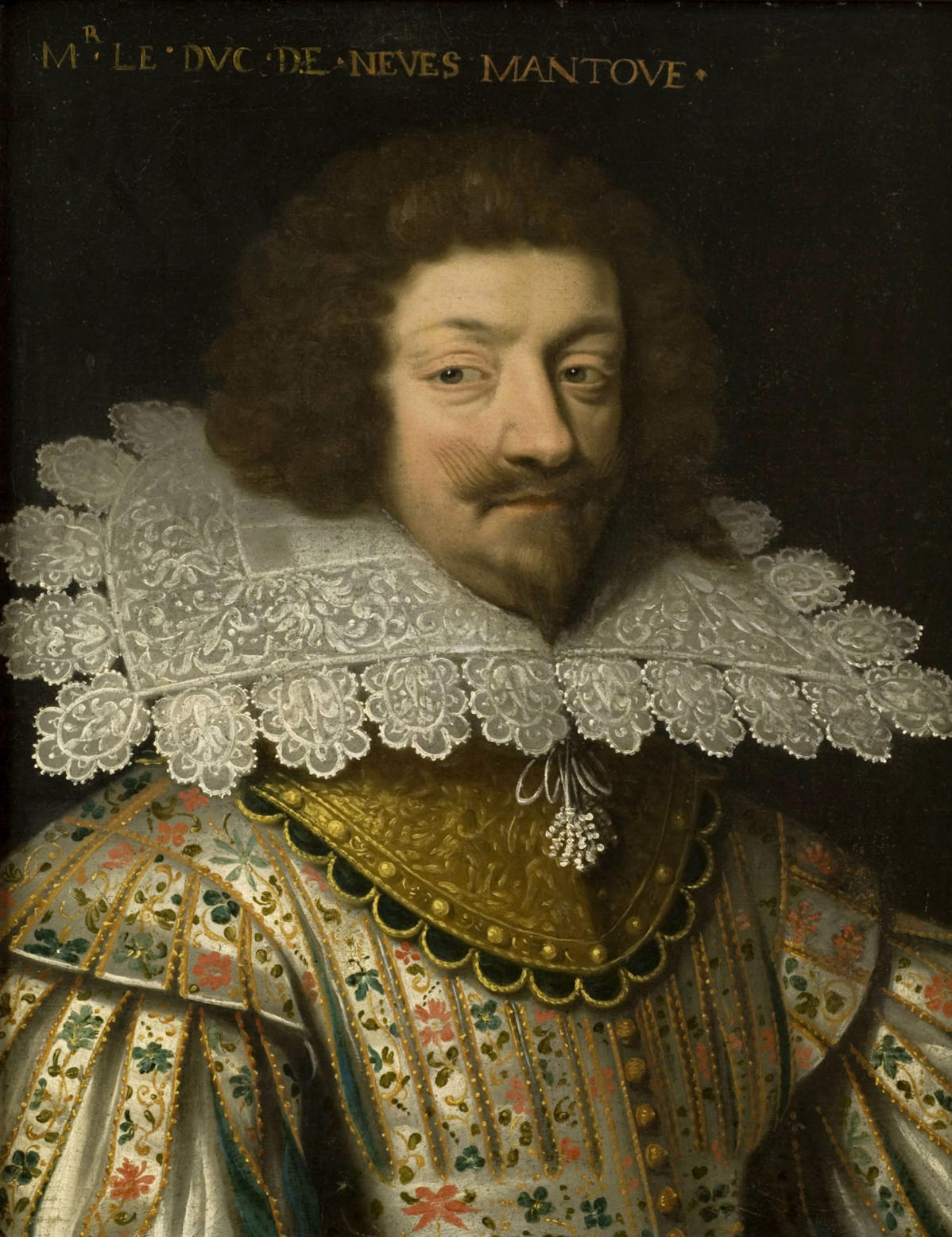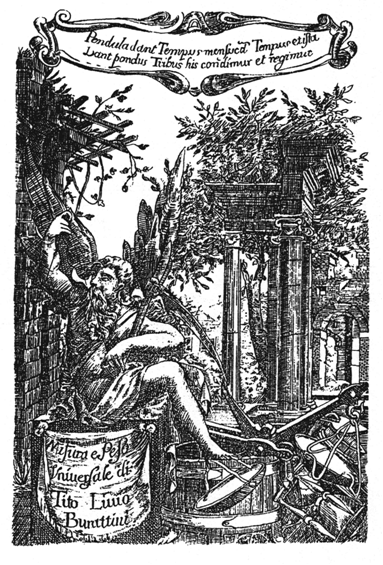http://en.wikipedia.org/wiki/Charles_de ... 27Artagnan
http://de.wikipedia.org/wiki/Charles_d% ... Castelmore
http://fr.wikipedia.org/wiki/D%27Artagnan


It's even imaginable, that he had something to do with Tarot ...
... he worked for Cardinal Mazarin as a sort of secret agent around 1650.
Mazarin bought from the Gonzagas in 1659 the duchy Nevers-Rethel. The princess of Nevers-Rethel, later the Queen of Poland, had ordered the publication of the "first French Tarot rules" in 1637. Mazarin gave later the duchy to his nephew Philippe Mancini, the new duke of Nevers Rethel ("Philippe Mancini (26 mai 1641 à Rome-8 mai 1707 à Paris), duc de Nevers, dit de Nivernais, neveu de Mazarin ...").
Philippe Mancini, in 1657 proud 16 years old, was then le chef of d'Artagnan
MazarinEn 1657, la première compagnie des mousquetaires, dite des « grands mousquetaires » ou des « mousquetaires gris » (en raison de la robe de leur chevaux), est reconstituée. D’Artagnan en devient membre avec le grade de sous-lieutenant, mais en assure le véritable commandement (le chef nominal, le capitaine-lieutenant, étant le duc de Nevers, un neveu de Mazarin).
http://en.wikipedia.org/wiki/Cardinal_Mazarin
Mazarin himself was well known for his playing card activities, a part of his young career had it been, that he organized gambling activities (as I've read elsewhere). In Mazarin's early mighty time the young Louis XIV got playing cards with educative aims. Later Louis had weekly gambling sessions at his court.
a gambling rat, great uncle of prince Eugen of Savoy, European hero
Mazarin was of high value in the question of the Mantovan succession (1628-31)
http://en.wikipedia.org/wiki/War_of_Mantuan_Succession
By this the duke of Nevers-Rethel with Gonzaga-descent became duke of Mantova.
So Mazarin definitely knew about Tarot.
http://en.wikipedia.org/wiki/War_of_Mantuan_Succession
Charles Gonzaga, Duke of Mantua and Montferrat
http://en.wikipedia.org/wiki/Charles_I,_Duke_of_Mantua

Very likely a Tarot-player
His daughter, Polish Queen later
http://en.wikipedia.org/wiki/Marie_Louise_Gonzaga

... ordered the Tarot rules
... she promoted also ...
http://en.wikipedia.org/wiki/Tito_Livio_Burattini
... who was an egyptologist, tried a cat as a pilot and had a sort of idea for the metric system (a 1/2 centimeter difference, called "metro cattolico")



